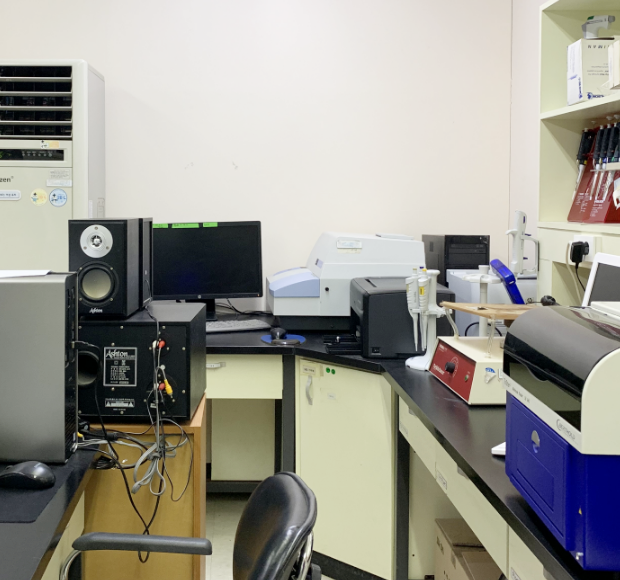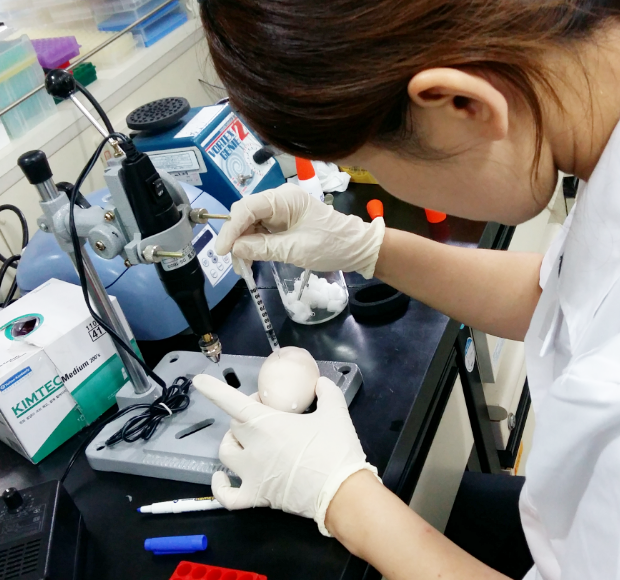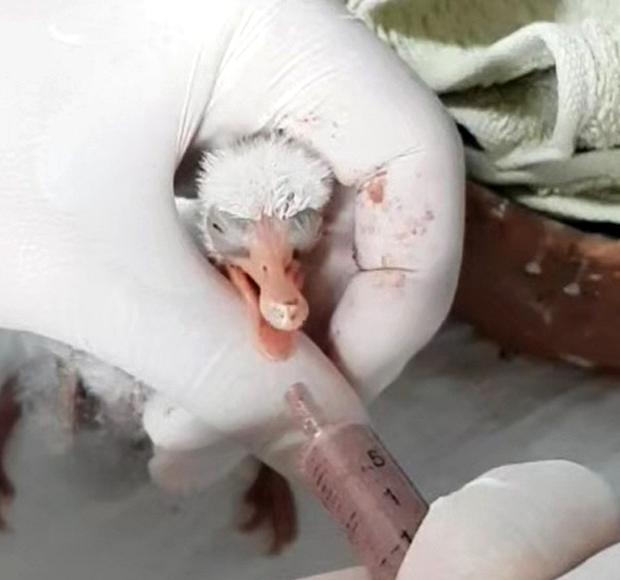Seoul Zoo is paying special attention and effort for animals that are becoming extinct.
The Seoul Zoo Species Conservation Project is part of this effort. The destruction of the environment, indifference, poaching and overfishing, and other human-destroyed nature are already serious problems. Seoul Zoo is putting special efforts and devotion on animals that become extinct through species conservation research. In addition to species conservation research, we are working on the treatment of sick animals, disease prevention, pathology, disinfection, and quarantine, so that precious creatures of the zoo can accompany us in a healthy way.

01
Ecological research
For the proliferation and restoration project of protected wild animals at home and abroad, we are contributing to maintaining stable populations within the habitat and restoring conservation target wild animals by establishing a mass artificial breeding system of wild animals and releasing them for artificial inflow into the habitat.
02
Hormone analysis
We investigate the reproductive physiology (menstrual cycle, ovulation period, etc.) of endangered wild animals through hormonal analysis using animal feces and body fluids, and use them for raising and breeding to preserve and proliferate populations of these species.


03
Genetic analysis
These tasks include those tasks to maintain genetic diversity including preservation of genetic resources for domestic and foreign wild animals and individuals raised in zoos, research on the genetic diversity of endangered wild animals in Korea, and maintenance of pure lineage individuals, management of genetic research resources and reproductive cell bank to identify households and sexes.
04
Wild animal somatic cell culture and freezing research
For the collection, preservation and research of endangered wild animal genetic resources, we preserve frozen somatic cells in -196 degree liquid nitrogen tanks through the process of cutting ear tissue from dead or living individuals, isolating cells, and maintaining and growing them in a culture device.
Currently, various frozen somatic cells including siberian tigers, is preserved, and some of them are safely distributed and preserved at the Livestock Genetic Resources Center of the National Institute of Animal Science.
※As of December 2021 (updated every 6 months)


05
Animal Experimental Ethics Committee
In accordance with the Animal Protection Act and the Experimental Animal Protection Act that entered into force in 2007, We operate an Animal Experimental Ethics Committee that applies experimental ethics and research standards for all research areas in the zoo that use more than vertebrate species.


